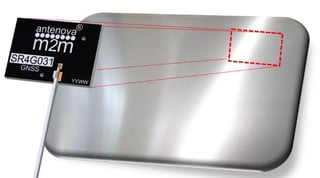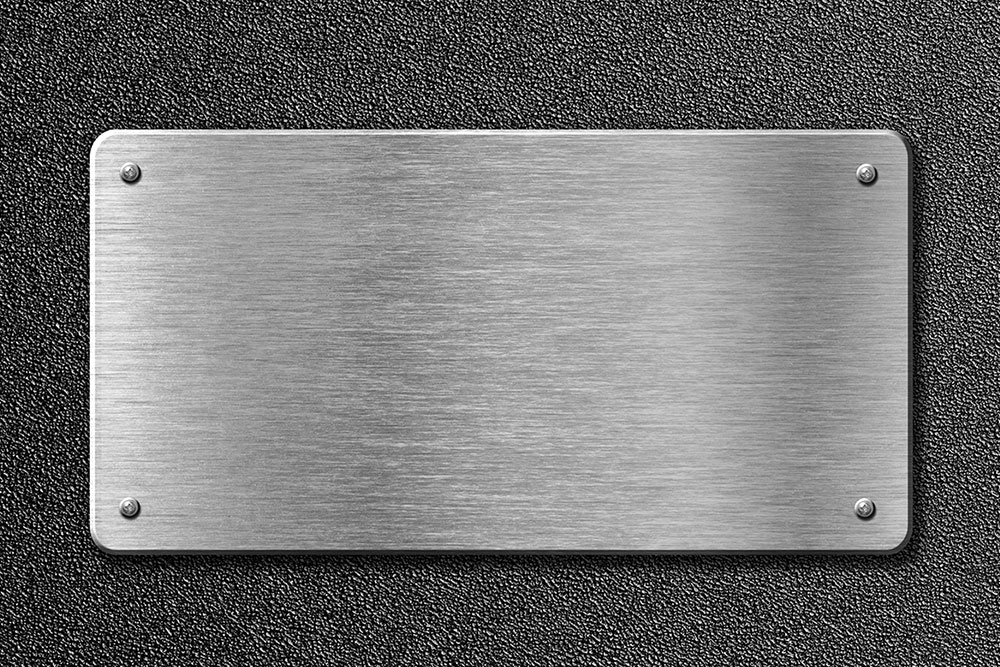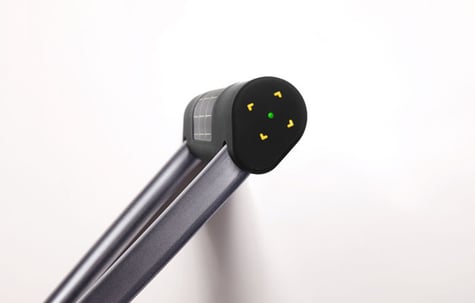Antennas aren't like any other electronic component. The operating environment, design layout, component placement and other features will determine performance. There are a huge variety of variables, any of which could render a device unable to function.
As more Internet of Things devices hit the market, new design challenges surface. One key conundrum for engineers is the presence of heavy-duty metal enclosures. Metallic enclosures are necessary to provide durability and protective qualities to devices.
The presence of metal is not conducive to effective antenna performance. Conductive surfaces become charged when in contact with electromagnetic fields, becoming radiators. This causes a range of issues for effective antenna performance.
In this article we will review four popular techniques for countering these effects. Each technique brings a unique set of advantages and design challenges to consider.
1. 'Window' your enclosure
Many engineers opt to remove material from the enclosure to create a gap, slit or window. It is thought that this allows the antenna to radiate without disruption, but this is rarely the case.
Engineers underestimate the window size necessary for performance and overlook other critical factors. For example, a much larger than normal gap between the antenna and enclosure is necessary. Even then, performance levels may be far from acceptable.
This also has an impact on the ultimate function and quality of the device. Corrosion, weathering and durability are reasons for selecting metal enclosures. Devices that use windows are likely to reduce their susceptibility to these effects.
2. Hybridise an enclosure
Hybridising an enclosure involves placing the antenna, or antenna lines, into the metal enclosure. This allows more effective antenna radiation and better performance characteristics. But there are some issues that prevent all engineers opting for these.
The expense and necessary expertise is the biggest drawback of using hybrid enclosures. Manufacturing processes become complex, due to the additional development involved. This limits their use to projects with vast budgets and supported marketing tactics.
There is also the issue of body effects to consider. Hands and flesh are likely to cover these antenna lines. User testing is necessary to ensure they're not covered during use - even Apple had to deal with 'antennagate'.
3. Opt for an external antenna
It's easy to get overwhelmed by all the factors impacting embedded antenna performance. Some engineers prefer external antenna, as they can achieve higher levels of performance. This removes the risk of detuning from metal enclosures
Despite these performance benefits, few new device launches feature external antenna. It's unlikely a product brief for a consumer solution would allow for one. Seamless connectivity, like they get in their smartphones, is something consumers now expect. They are also prone to damage and create large deformations, unsuitable for some applications.
4. Mount a multilayer antenna to the enclosure

Multilayer antenna mount on the exterior of metal enclosures with minimal detuning effects. They provide the performance of embedded antenna in free space, whilst preventing noise.
This provides a more cost-effective solution that hybridising an enclosure and superior performance. They are also much easier to hide than external antenna, as they exist in small footprints.
The Antenova REFLECTOR range features a ferrite-like layer isolating antenna layers. They provide high levels of performance on bicycle frames, meters, light fixtures and gauges. These applications feature little flexibility in internal design and layout.
Conclusion
Metallic enclosures do pose real antenna integration challenges to engineers. There is a range of possible solutions, so the most suitable one will depend on the variables of your design.
If your device is large, with plenty of space between antenna and enclosure, a window may suffice. If your device features other antenna inhibiting traits, multilayer antenna may perform better.




